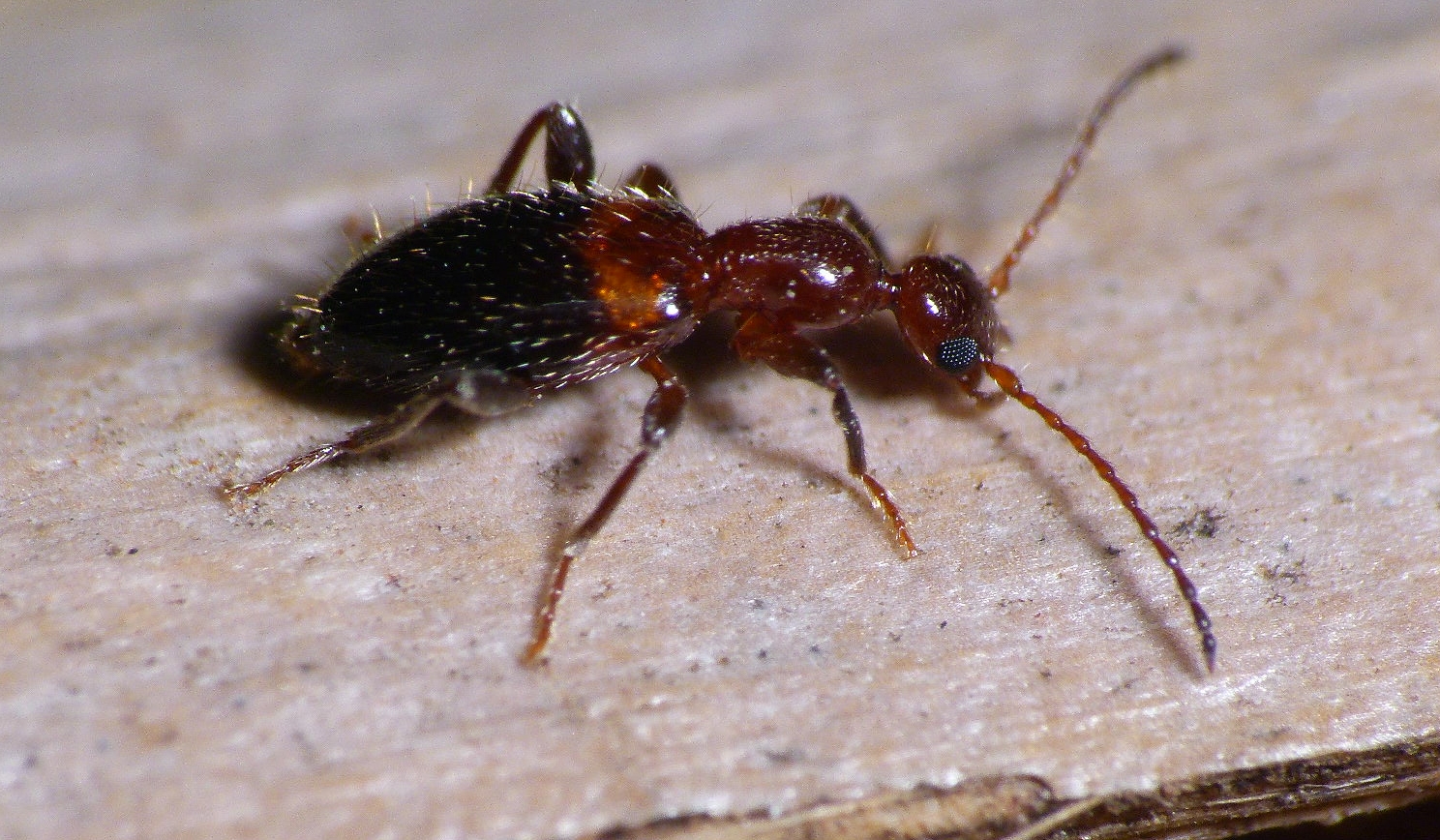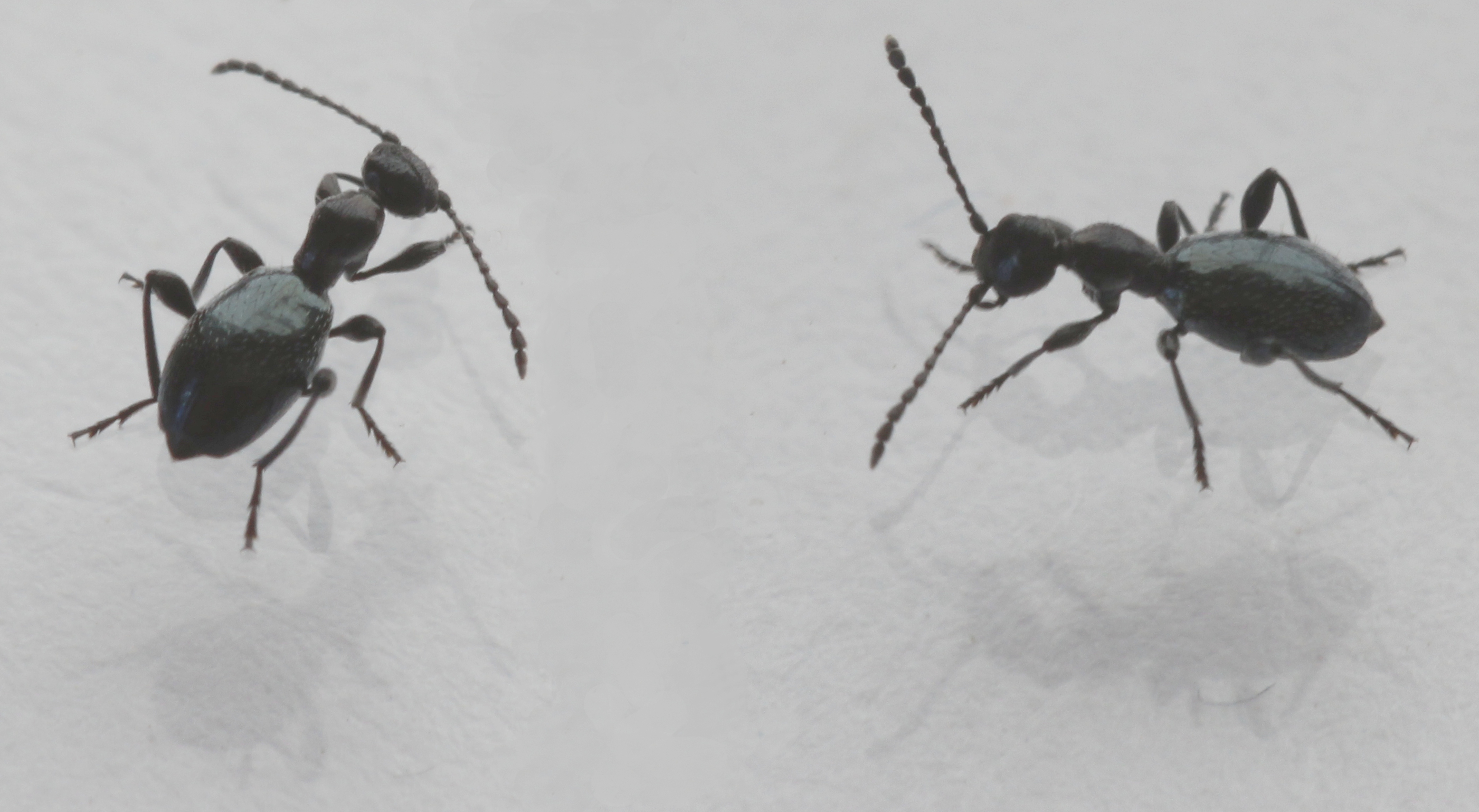|
Stricticollis
''Stricticollis'' is a genus of antlike flower beetles in the family Anthicidae. There are at least three described species in ''Stricticollis''. Species These three species belong to the genus ''Stricticollis'': * ''Stricticollis longicollis'' (W.L.E.Schmidt, 1842) * ''Stricticollis tobias'' De Marseul, 1879 * ''Stricticollis transversalis'' (A.Villa & J.B.Villa, 1833) g Data sources: i = ITIS, c = Catalogue of Life, g = GBIF, b = Bugguide.net References Further reading * * * * * External links * Anthicidae {{anthicidae-stub ... [...More Info...] [...Related Items...] OR: [Wikipedia] [Google] [Baidu] |
Antlike Flower Beetle
The Anthicidae are a family (biology), family of beetles that resemble ants. They are sometimes called ant-like flower beetles or ant-like beetles. The family comprises over 3,500 species in about 100 genera. Description Their heads constrict just in front of the pronotum, forming a neck, and the posterior end of the pronotum is usually narrow as well. Legs and Antenna (biology), antennae are slender, heightening the ant-like appearance, and the body is sparsely covered with small hairs, called setae. Biology Adult beetles are omnivorous, being known to consume small arthropods, pollen, fungus, fungi, and whatever else they can find. Some species are of interest as biological control agents, as they can eat the eggs or larvae of pests. Larvae are either omnivorous, predators, or fungus-eaters; the young of one species of ''Notoxus'' have been observed boring into sweet potato tubers. Many members of the family are attracted to cantharidin, which they seem to accumulate and th ... [...More Info...] [...Related Items...] OR: [Wikipedia] [Google] [Baidu] |
Anthicidae
The Anthicidae are a family of beetles that resemble ants. They are sometimes called ant-like flower beetles or ant-like beetles. The family comprises over 3,500 species in about 100 genera. Description Their heads constrict just in front of the pronotum, forming a neck, and the posterior end of the pronotum is usually narrow as well. Legs and antennae are slender, heightening the ant-like appearance, and the body is sparsely covered with small hairs, called setae. Biology Adult beetles are omnivorous, being known to consume small arthropods, pollen, fungi, and whatever else they can find. Some species are of interest as biological control agents, as they can eat the eggs or larvae of pests. Larvae are either omnivorous, predators, or fungus-eaters; the young of one species of '' Notoxus'' have been observed boring into sweet potato tubers. Many members of the family are attracted to cantharidin, which they seem to accumulate and that deters possible predators. Taxonomy Syn ... [...More Info...] [...Related Items...] OR: [Wikipedia] [Google] [Baidu] |

